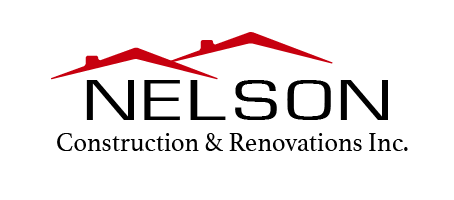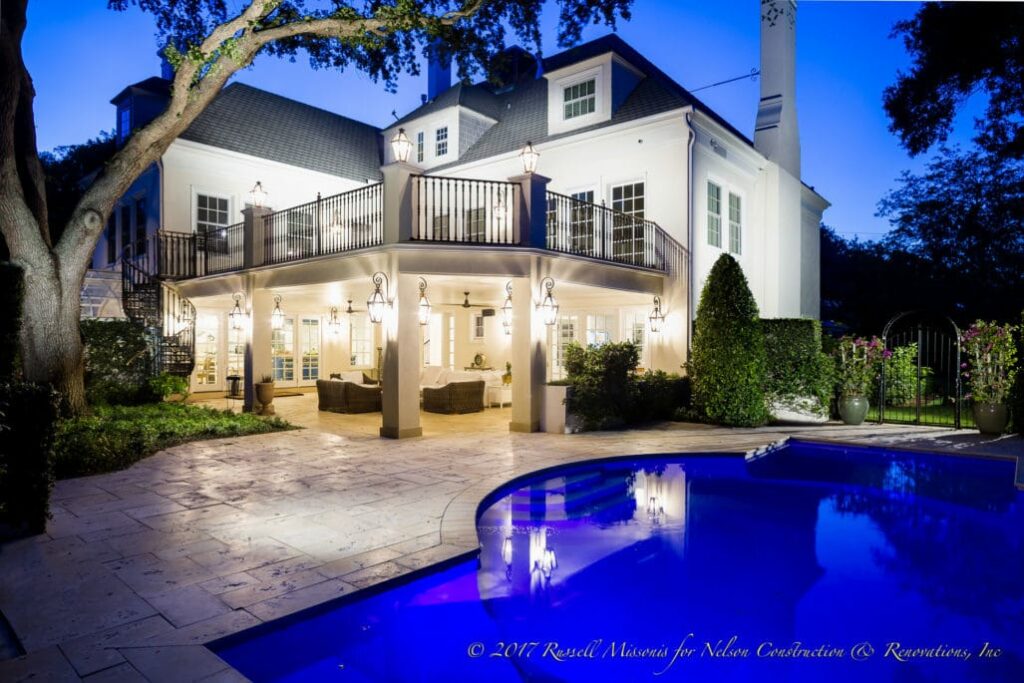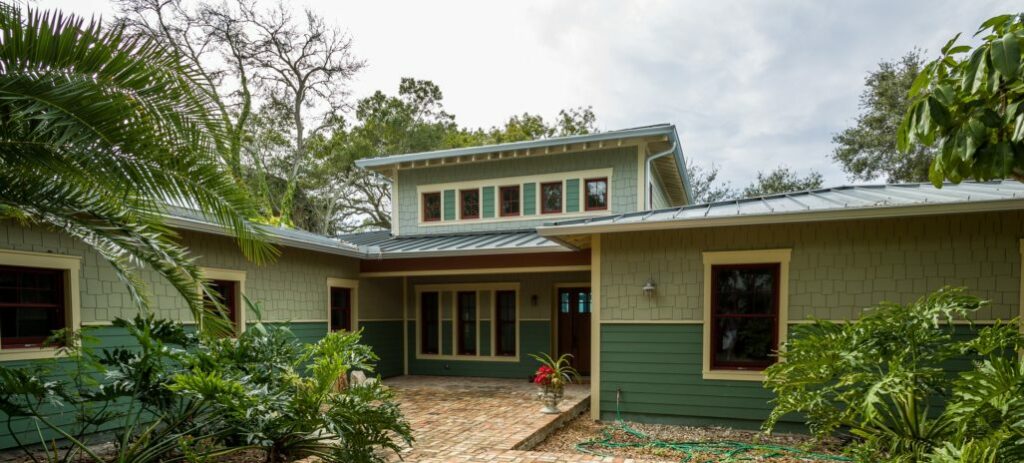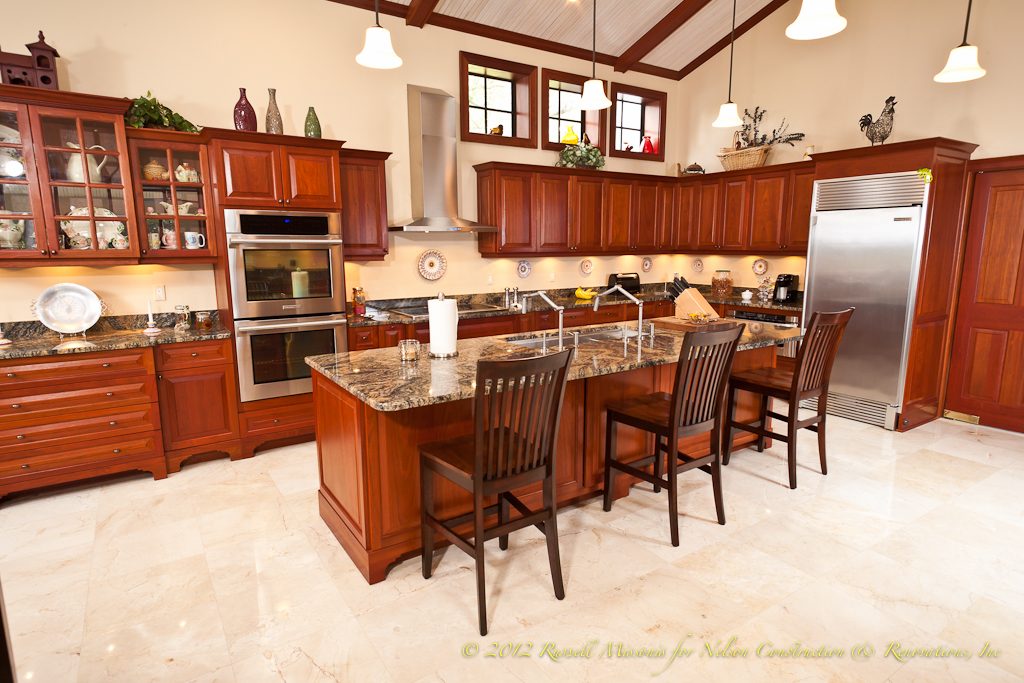When you’re building or remodeling your home, you’re not buying towels or dishes. In most cases, it’s one of the most costly purchases you’ve ever made. So when it comes to budget, you probably want to figure out the best places to save money right off the bat.
There are many parts and pieces to a renovation or a construction project, and many ways to save money. That’s the beauty of working with a qualified Design-Build company, as their professionals usually have years of experience on pricing and can guide you in the right direction on which design items to select to stay within your budget. We often save our clients thousands of dollars by finding them finishes and fixtures that still look good and are in keeping with their tastes, but are far less expensive than what they might find on their own, as a consumer.
When we sit down with our clients for their initial design consultation, there are five major areas we like to discuss before we proceed. These big-ticket items can make or break the bank when it comes to a custom home project, and the direction we take depends on finding that balance between budget and aesthetics. You have to decide – are these items so important to your custom home that you are willing to stretch your budget a little? Or does budget take priority? Is there a middle ground in any of these areas? These are all important aspects of the design and planning process.
Here are five places where you can sway your budget considerably on a custom home project:
- Exterior siding.
There are many different kinds of exterior siding, and the price range can be quite significant.
Vinyl siding is one of the most common forms of siding in the United States due to its affordability. Depending on the brand, it can cost between $.65 and $2.00 per square foot. It is fairly durable, lasting between 20 and 30 years, and very easy to maintain as it can be easily cleaned with soap and water. However, while vinyl siding is very customizable in color and size, many homeowners do not like the plastic appearance of this option. It is also not very eco-friendly for those who are looking to go more “green,” because it doesn’t break down very easily in landfills.
Wood siding is a popular choice among homeowners who are looking for a more natural and rustic appearance, as in craftsman-style homes. It is extremely durable, often lasting more than 100 years – but it is, unfortunately, one of the more expensive options. Wood siding can cost anywhere from $2.50 to $8.00 per square foot. If you have the room in your budget, you may enjoy the more custom, beautiful and eco-friendly wood siding – but if money is tight and you’re not particular, then wood siding may not be for you.
Stucco siding is one of the most expensive up-front options, costing between $6 and $9 per square foot. However, in terms of longevity, durability and energy efficiency, homeowners may find that it pays for itself over time. Stucco involves applying layers of cement or earth, lime and silica, essentially creating a weather-tight case around the home. Not only does this increase insulation, which cuts down on heating and cooling costs, it is naturally fire-resistant – which might help lower insurance costs.
Other siding options include brick, aluminum, fiber-cement, stone and stone-veneer. Be sure to research the best siding for your custom home project, and find the right balance between budget and aesthetics so you can be happy with your decision for years to come.
2. Windows and doors.
There are so many varieties of windows and doors on the market, it’s hard to know where to start. Here are some general guidelines on selecting doors and windows if you want to keep costs down during your custom home project:
Vinyl window frames are typically the least expensive and do not require painting or staining. However, most are white and can’t be painted, and there are fewer hardware options – so if you want more versatility, this may not be a good selection.
Wood window frames are usually the most expensive, but they are typically more aesthetic and have greater variety. They are also easier to customize. And of course these are the most eco-friendly option as they are completely biodegradable.
Fiberglass window frames are relatively new, but they are rapidly gaining popularity due to their superior strength and their versatility. They are typically 15-30% more expensive than vinyl windows, but they are considered more upscale than vinyl, which may lead to better re-sale options. Fiberglass can also mimic the look of wood, and it is more eco-friendly due to the fact that they are about 60% glass and can be recycled. This can be a good middle-of-the-road option.
When it comes to exterior doors, there are so many choices it is nearly impossible to classify them in one article. Keep in mind, however, that the more labor involved in terms of adding sidelights, a transom window, etc., will obviously increase price. The most common materials used in exterior doors are wood, steel and fiberglass. Wood tends to be the most expensive, steel is the least expensive, and fiberglass is a good middle-of-the-road option. For more information about selecting the best front door for your home, check out our article titled “Your Front Door is Your Home’s Best Introduction.”
3. Cabinetry.
Cabinets are an area in your custom home project where costs can vary dramatically. There are three main kinds of cabinet construction: stock cabinets, semi-custom cabinets and custom cabinets. Stock cabinets are pre-fabricated and usually ready to take home that day. This is usually the most affordable option, typically listed at $60 to $200 per linear foot, but of course there are limitations on style and quality. A slightly more expensive choice is the semi-custom cabinet, which allows for a bit more customization but usually requires a longer lead time to build, depending on how custom the project is. Custom cabinets are going to give you the freedom to build with whatever material and in whatever style you want, which gives you more variety and higher quality. However, this typically means a much higher price, depending on the carpenter. Custom cabinets can cost between $500 to $1200 per linear foot or higher.
At Nelson Construction and Renovations, we offer excellent options in all three categories – stock, semi-custom or fully custom cabinetry.
4. Flooring.
Flooring is an area where you have a lot of play when it comes to costs. It all depends on what you want. Here’s a general guide on flooring prices:
Laminate – $1 – $6 per square foot
Vinyl – $1 to $8 per square foot
Hardwood – $3 – $8 per square foot
Bamboo (more durable and eco-friendly than traditional hardwood) – $4 – $12 per square foot
Tile – $4 to $8 per square foot
Carpet – $2 – $26 per square foot. Prices vary depending on material – options range from affordable synthetic material to high-end 100 percent wool.
Keep in mind that these are only material costs, not installation. Generally speaking, hardwood and tile are more difficult to install, while laminate and vinyl are pretty straightforward. Again, it will depend on the specific kind of material you choose for your custom home project and the experience level of your installer.
And if you truly want to splurge, try some of the up-and-coming floor trends like stained concrete and brick! These are pricier, but they will give your home a cool, trendy vibe that will truly stand out.
5. Roofing.
There is so much more to roofing than asphalt shingles. And while you definitely want to consult with a professional when selecting your roof during your custom home project, since so much is determined by the structure and location of your roof, here are some relative prices to help guide you when trying to stay within your budget:
Asphalt roof shingles can cost anywhere from $50 to $200 per square.
Cedar roofing can range from $650 to $850 per square.
Aluminum roofing can cost anywhere from $800-$1125 per square, while aluminum shingles can cost less.
Copper roofing ranges from $400 to $1500 per square.
Metal roofing can range from $750 to $1000 per square.
Clay tile can cost anywhere from $2000 to $5000 per square.
When doing your research on roof materials, be sure to examine the longevity and durability of each.
Summary
As you can see, there are many intricacies to selecting the right materials for your home. If you truly want to get the best quality and aesthetics you can, while still keeping costs down, we recommend the initial investment in an experienced Design-Build company that can guide you in the right direction during your custom home project. Of course you want to maintain your budget – but you also don’t want to compromise on what you want. It is, after all, your home! And as the saying goes, “The most important work you will ever do will be within the walls of your own home.” It should be a space that uplifts and inspires you!
Good luck, and have fun!
Creative Commons Attribution: Permission is granted to repost this article in its entirety with credit to Nelson Construction and Renovations and a clickable link back to this page.




